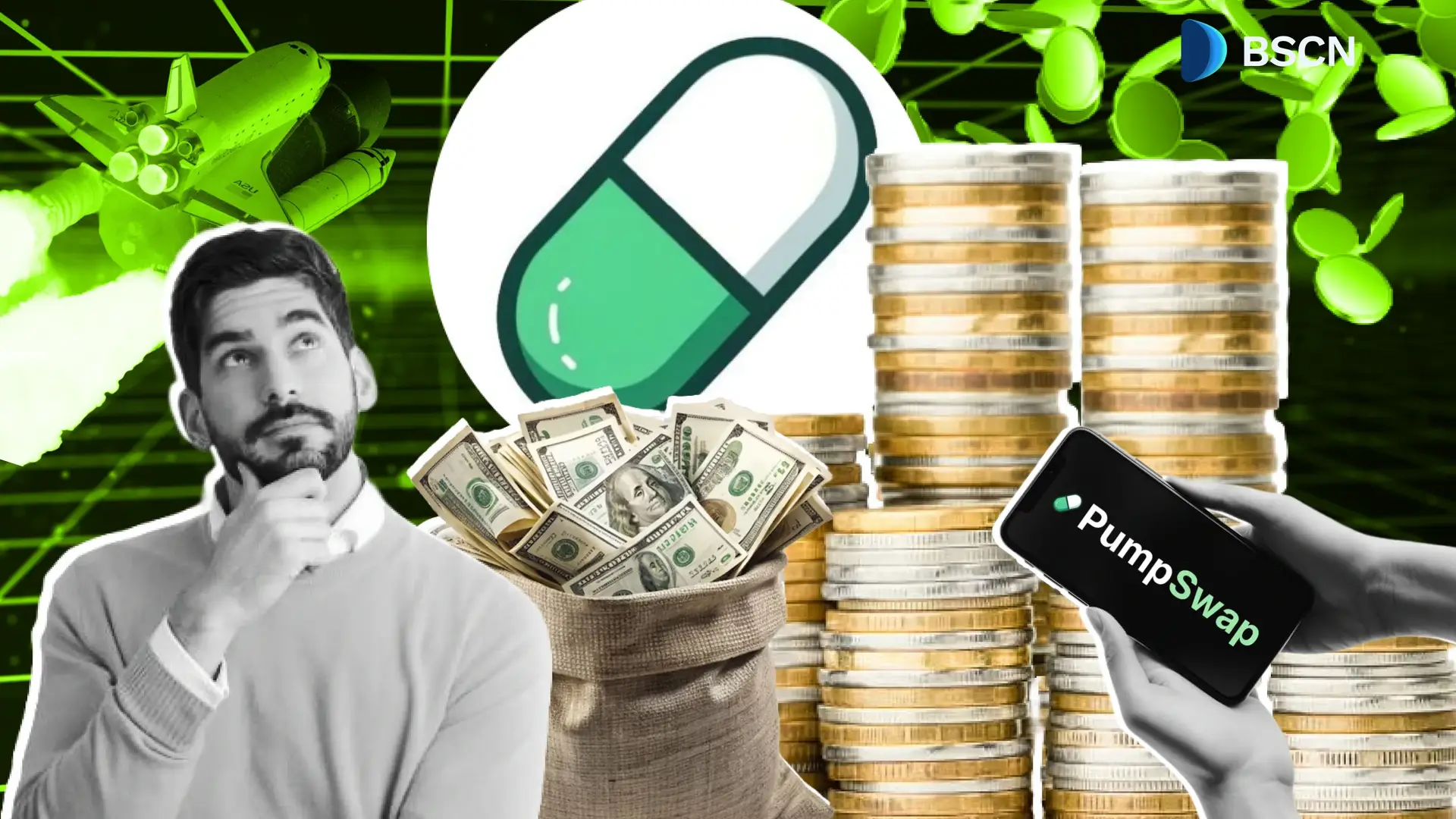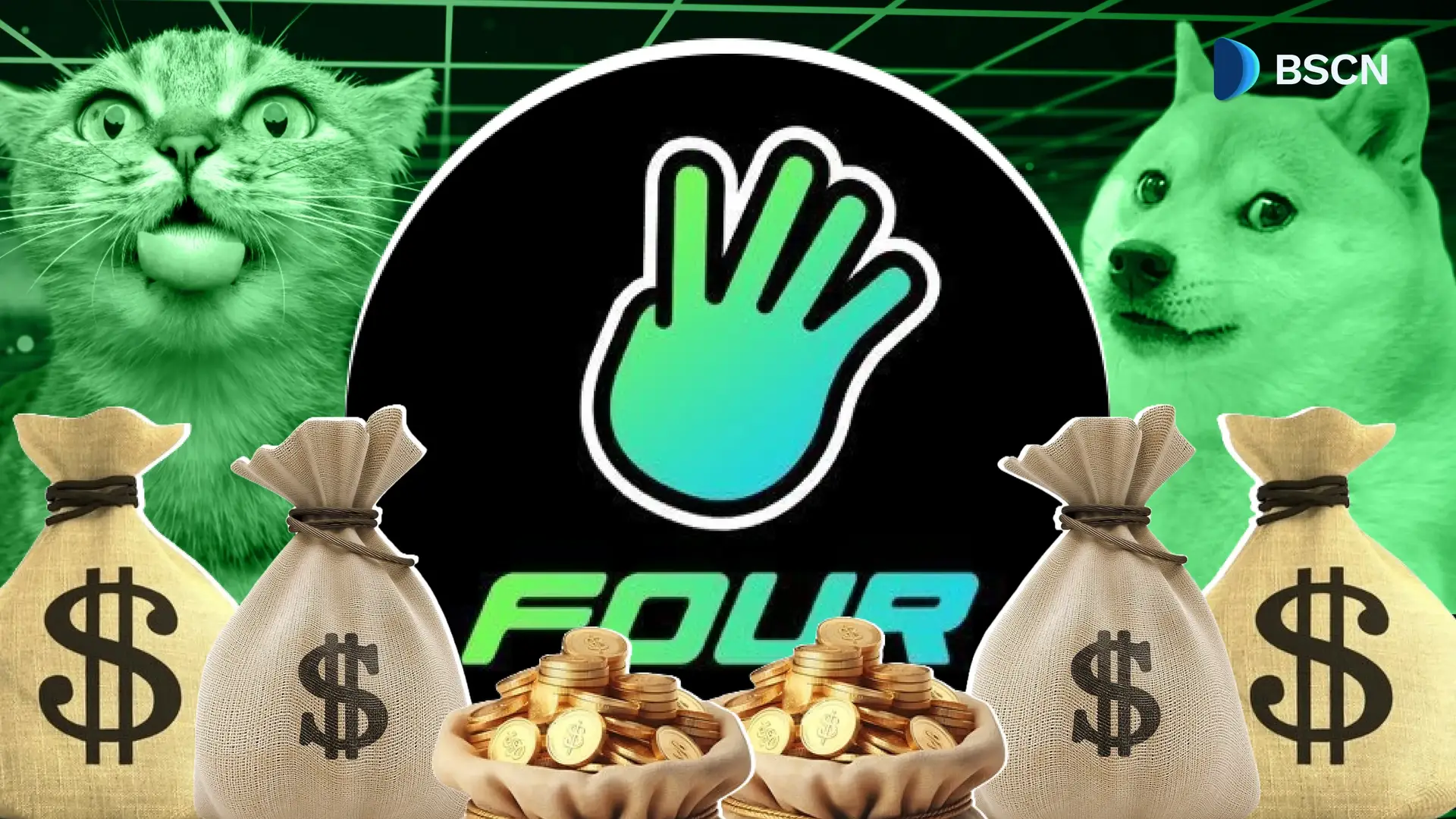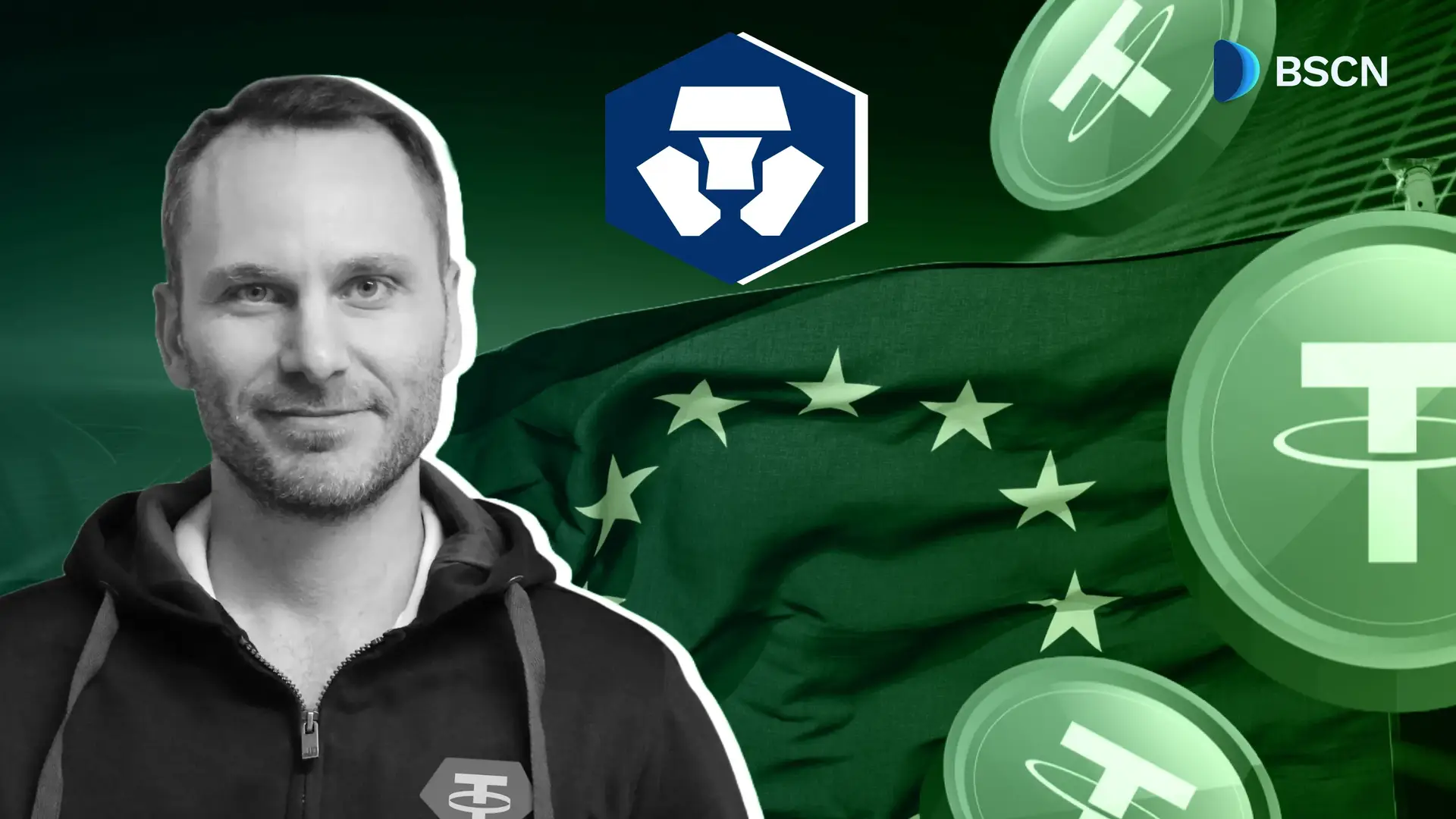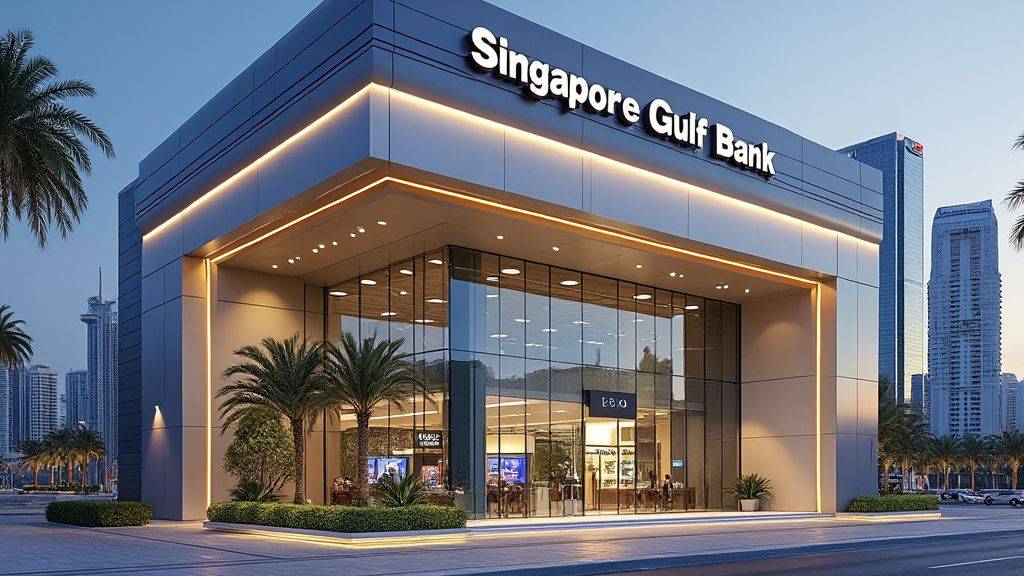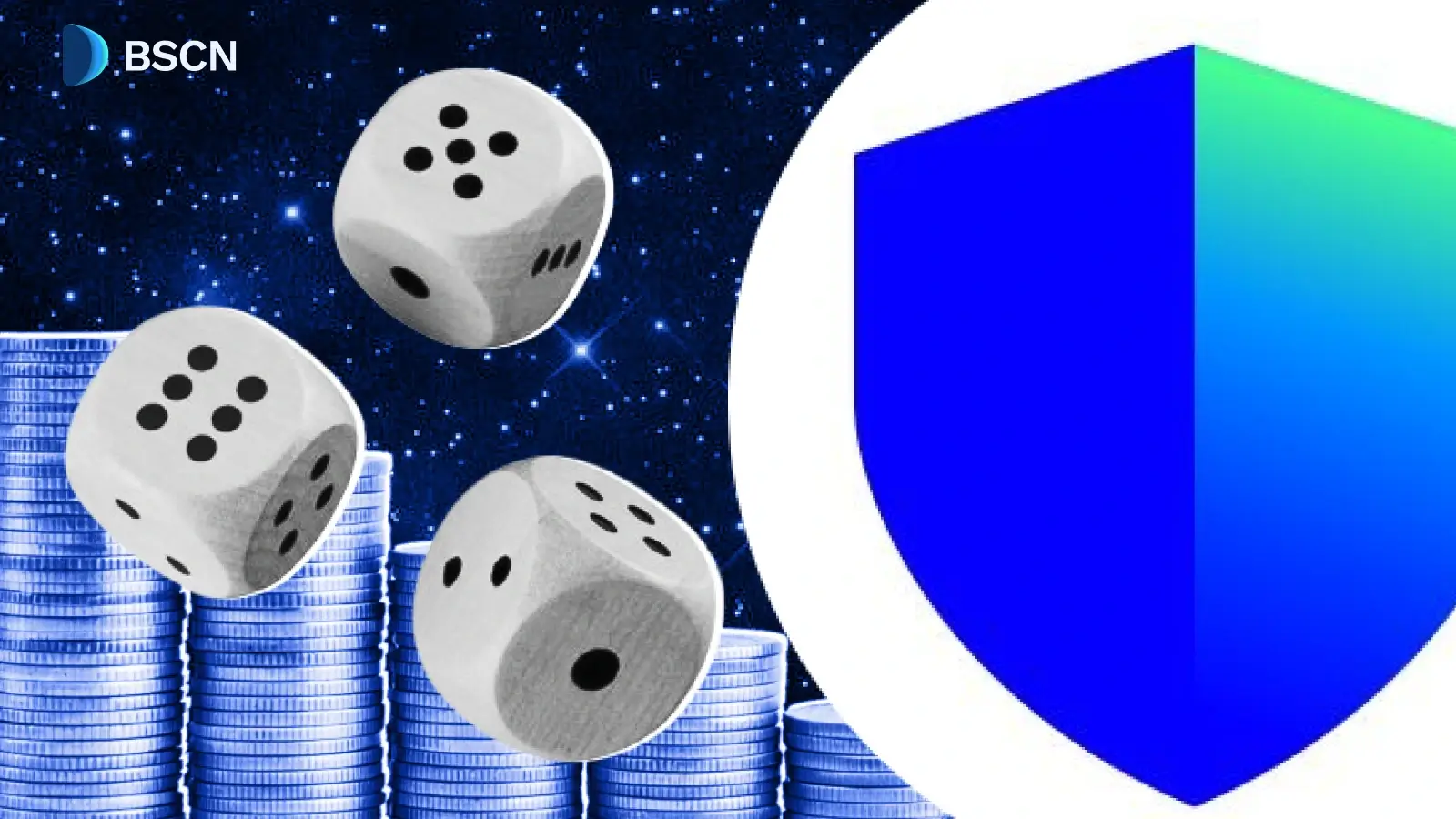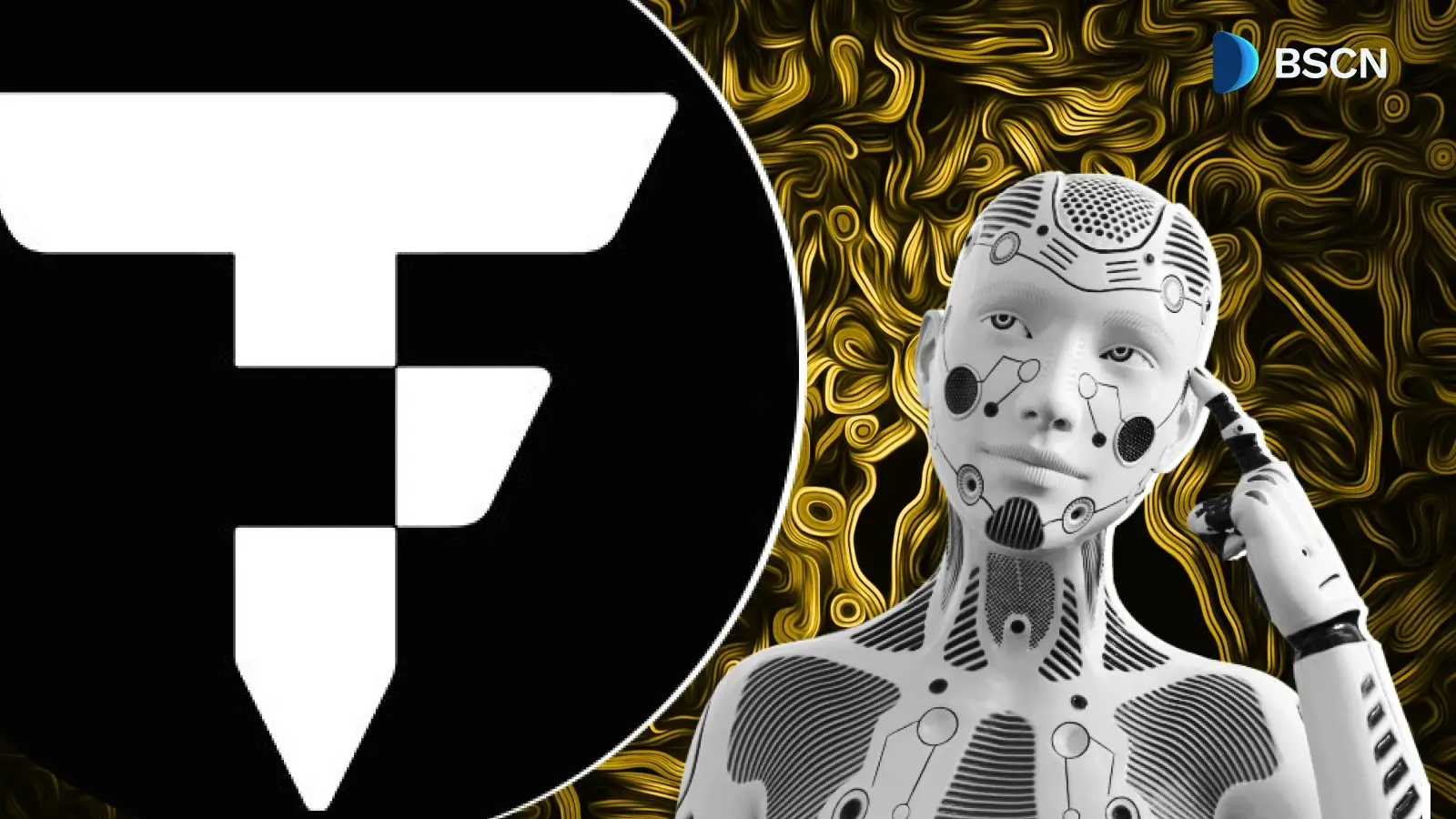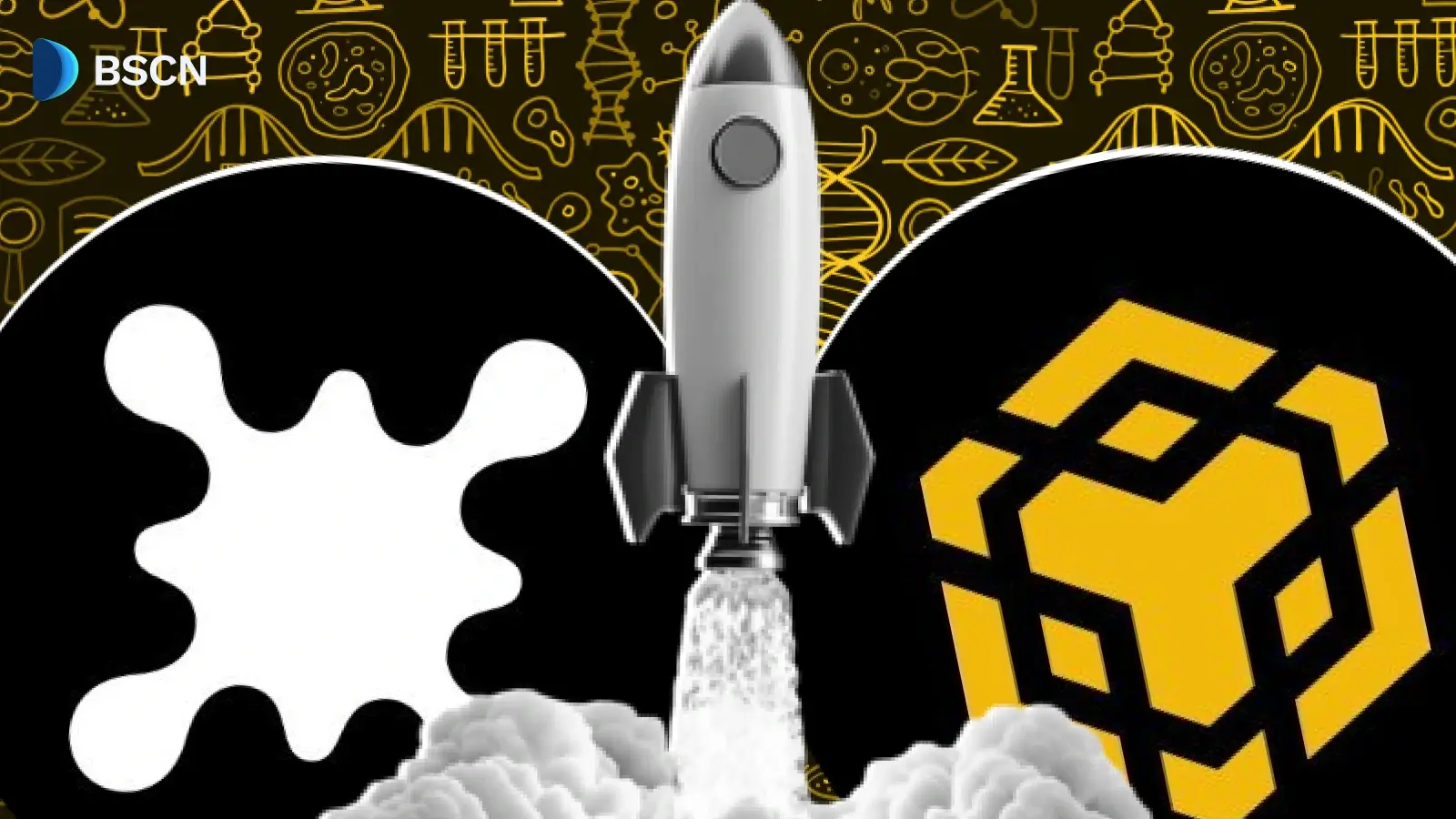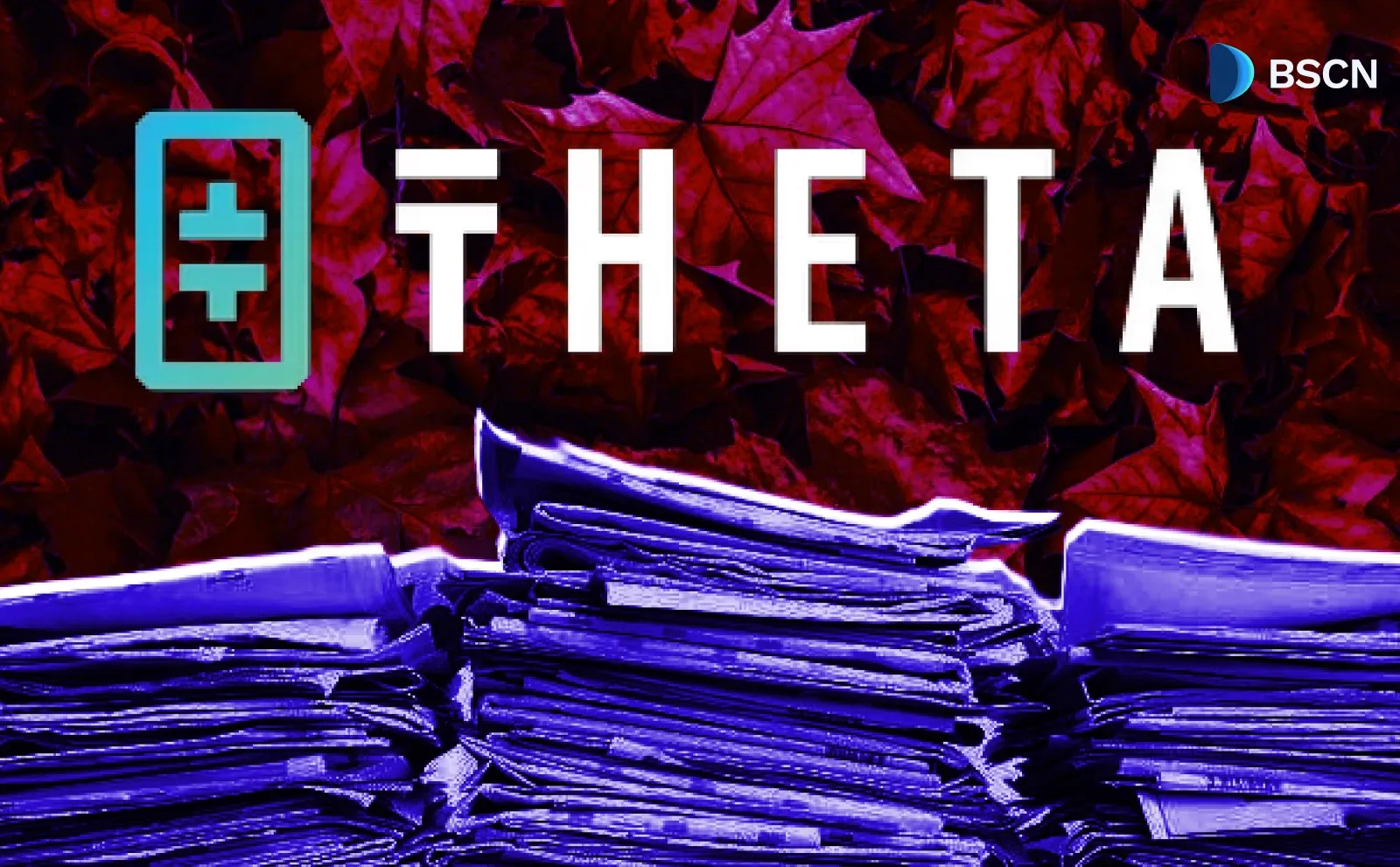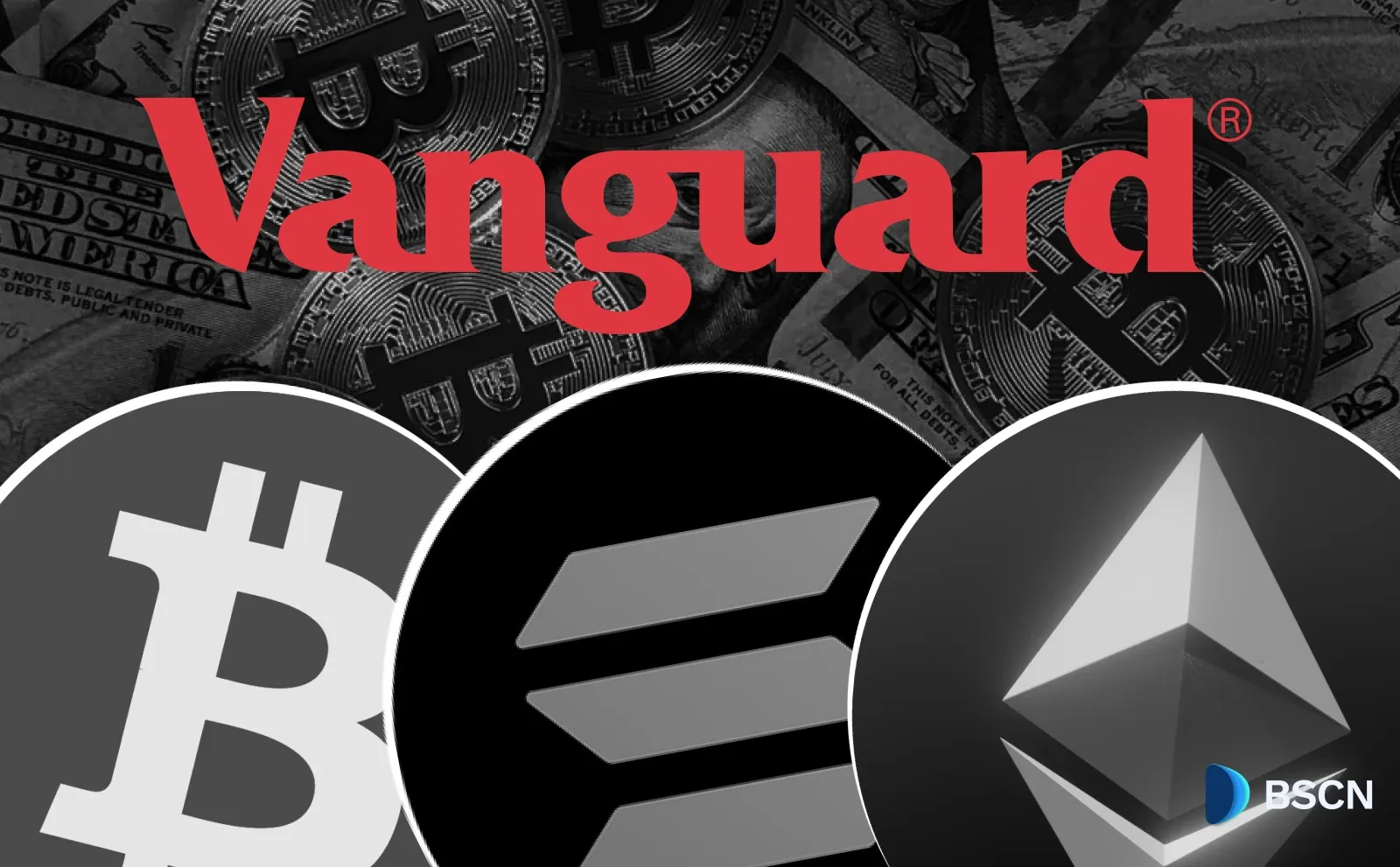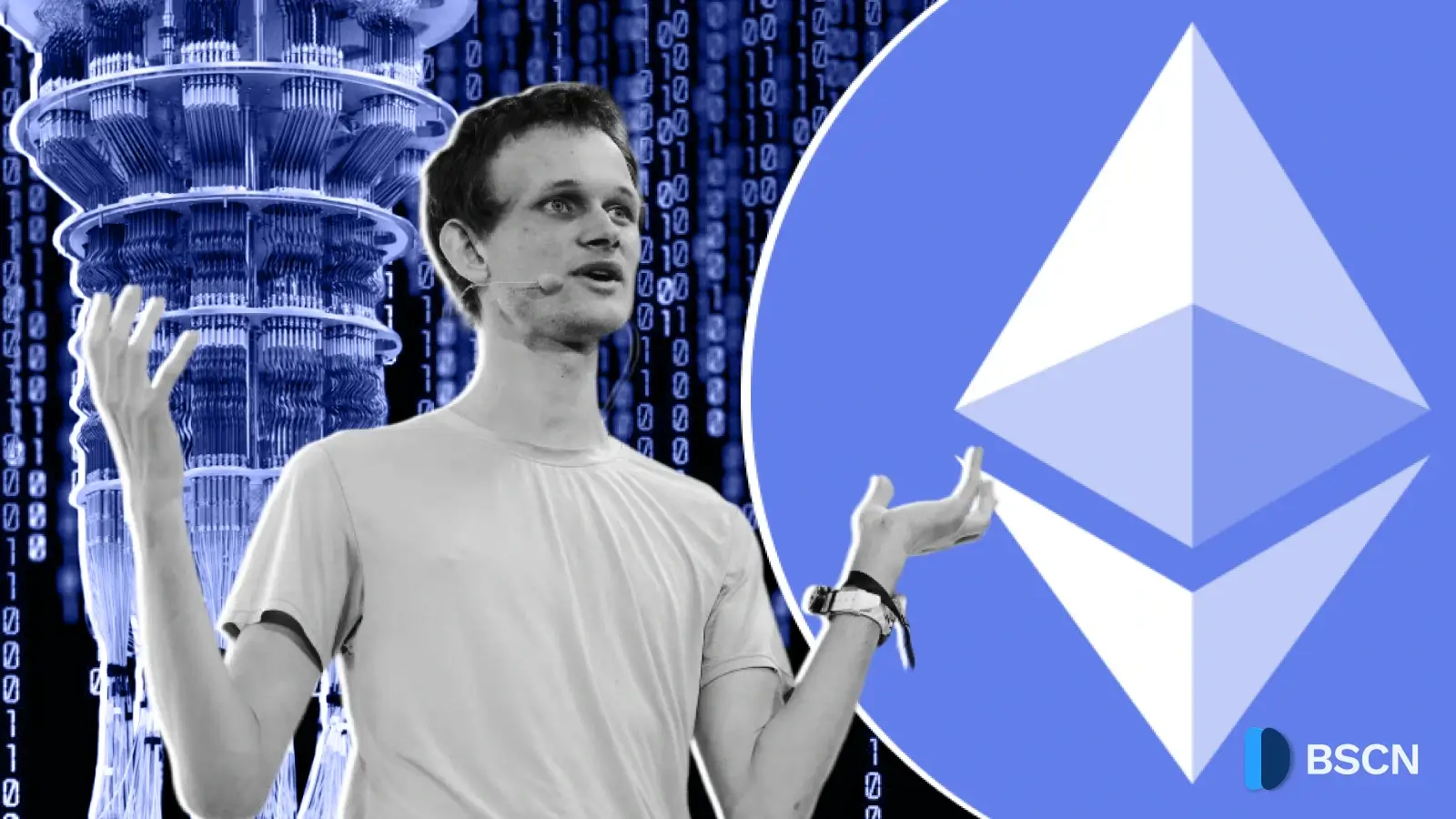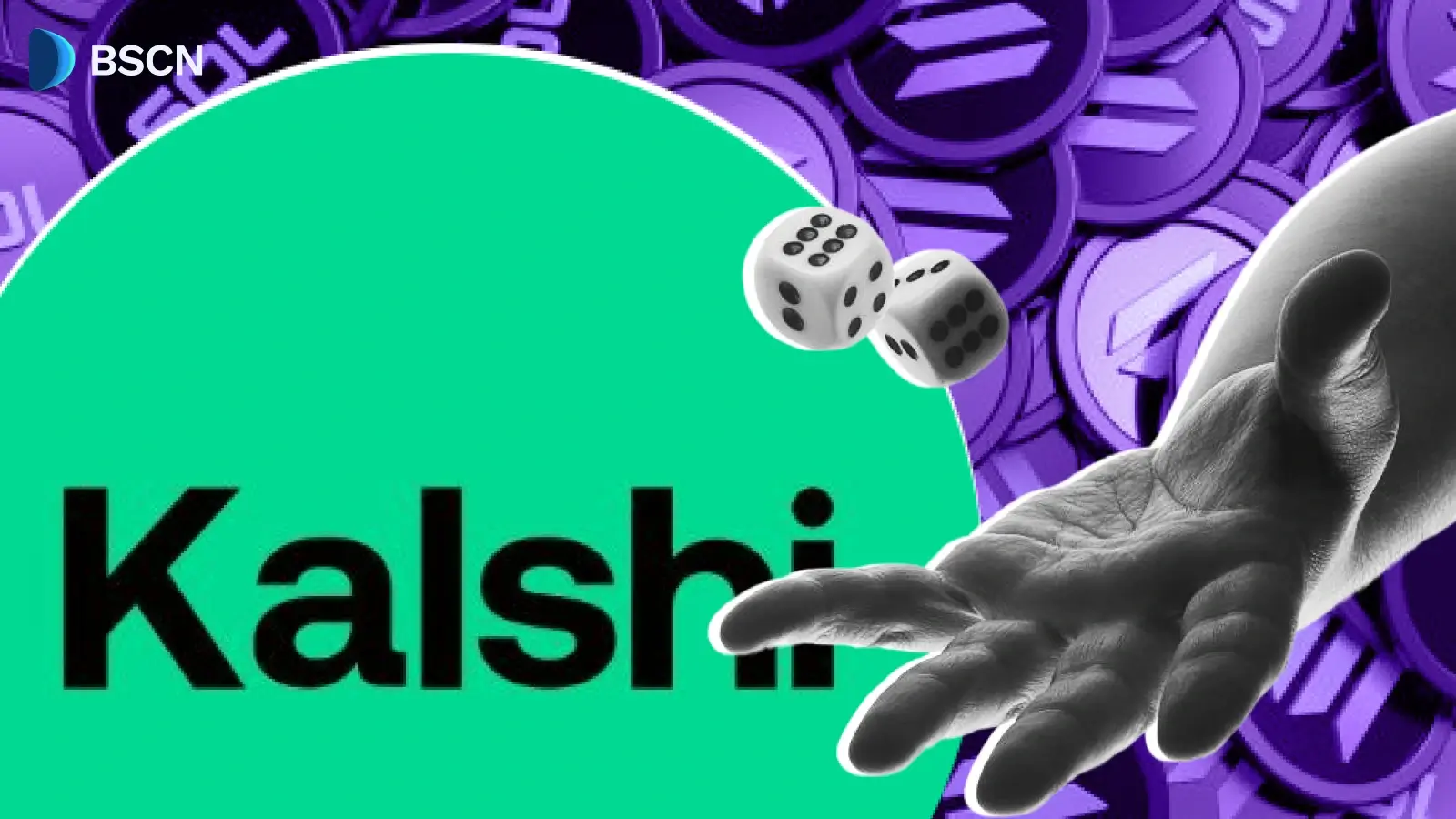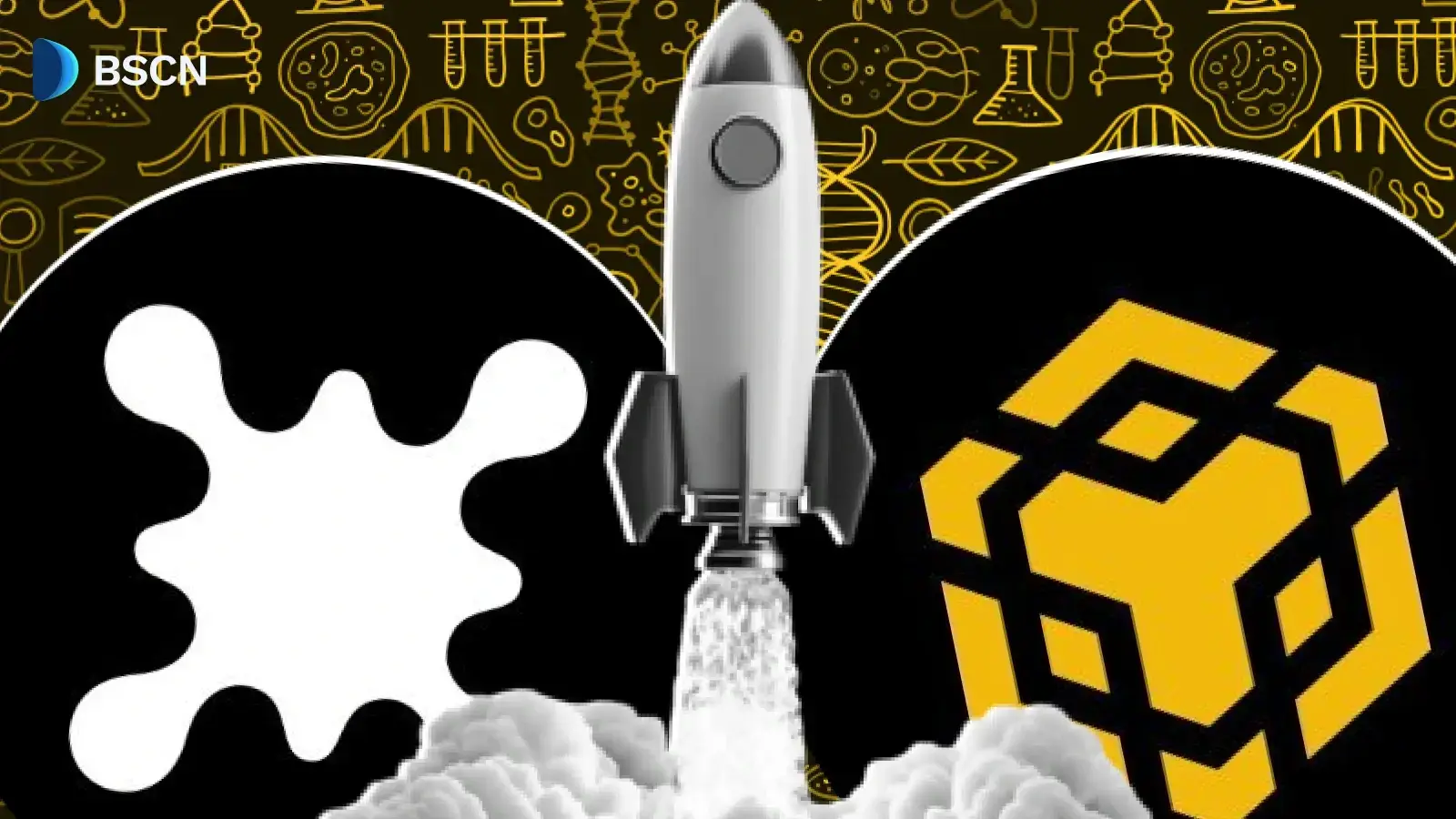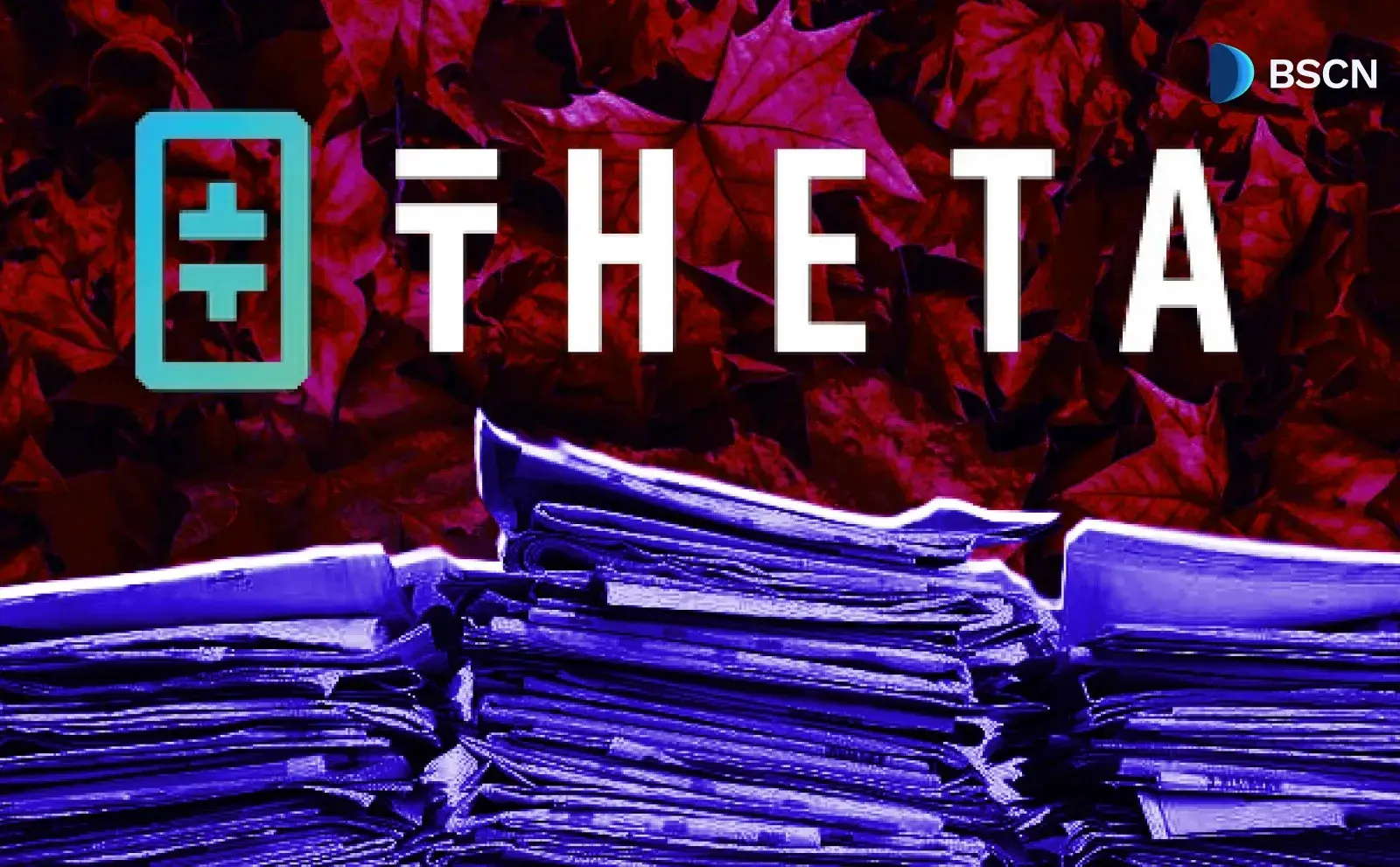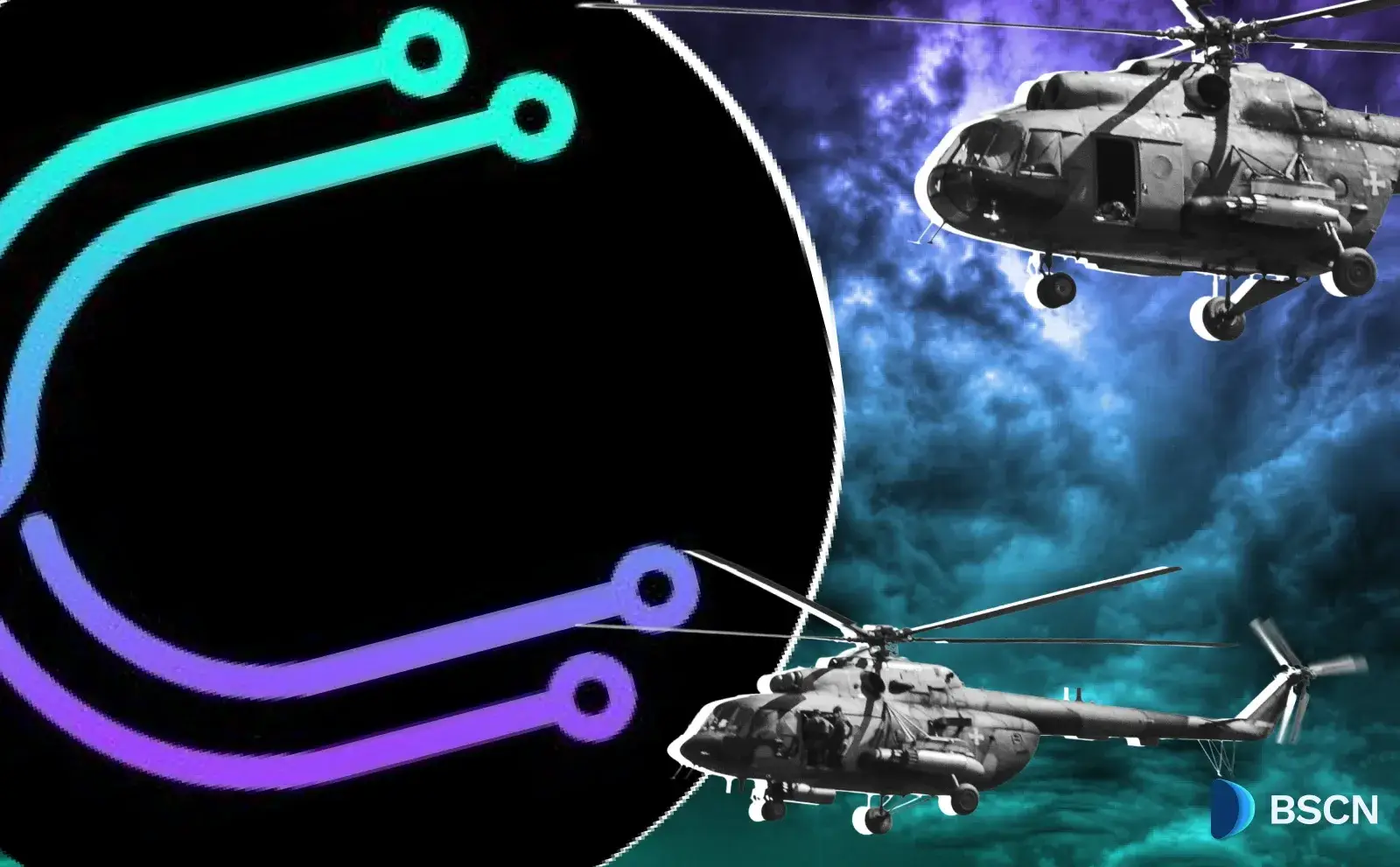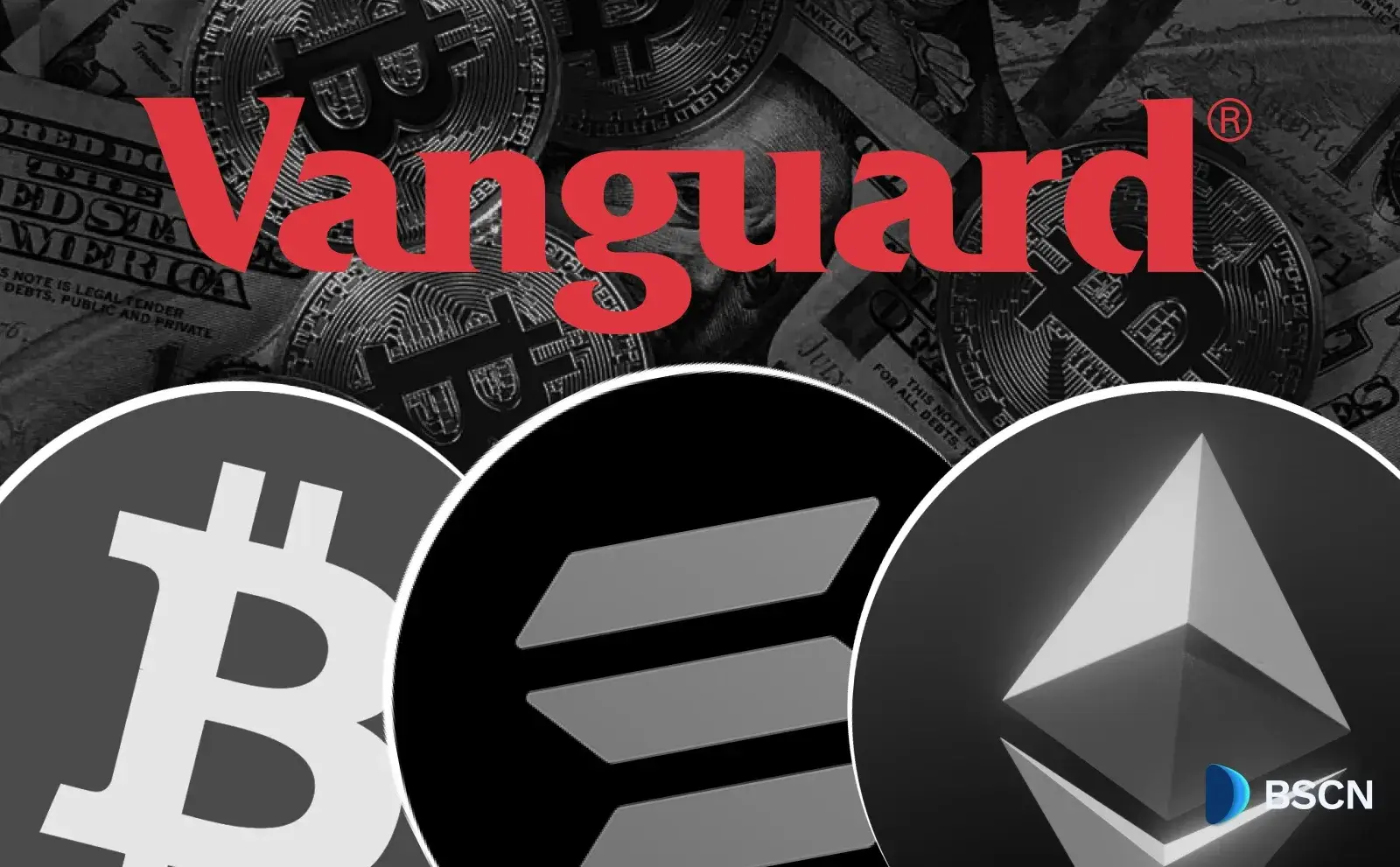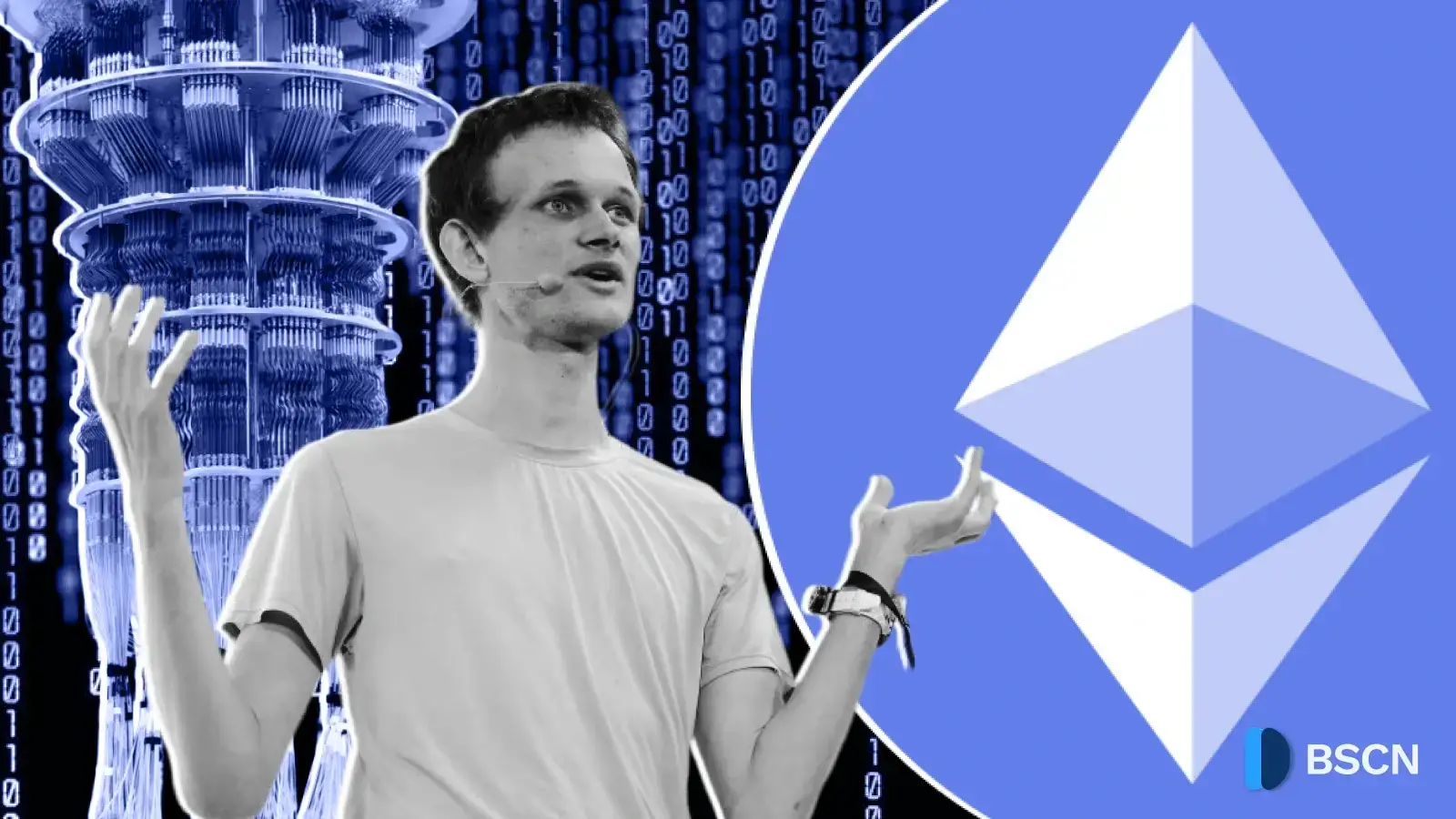WEB3
(Advertisement)
What is Tokenization of Real World Assets (RWA)? And is it the Next Big Thing?

Tokenizing RWAs involves digitizing physical assets and making them available for use within blockchain networks like Ethereum. This integration offers numerous advantages, including increased liquidity, a fresh asset class for investors, and a potential shield against the inherent volatility of cryptocurrencies.
BSCN
October 26, 2023
(Advertisement)
Table of Contents
Summary:
- Global real estate and gold markets indicate the significant value of real world assets, yet their potential in DeFi remains largely unexplored.
- Incorporating real world assets into DeFi enhances liquidity, introduces stability, and mitigates crypto volatility.
- The rise of Real World Asset (RWA) tokenization is depicted by the DefiLlama chart, with a TVL exceeding $6 billion.
- RWAs, categorized as fungible and non-fungible assets, find application in real estate tokenization and various tokenization strategies.
- Real world assets are tokenized as Digital ADRs, Tokenized Shares, Digital Bonds, and Tokenized Debt, expanding opportunities for investors.
- Utilizing RWAs for yield generation in DeFi involves lending, borrowing, trading, investing, staking, and farming strategies.
- Noteworthy RWA DeFi projects include Maple Finance, Backed Finance, Centrifuge, and Ondo Finance, reshaping RWA tokenization and utilization.
- Advantages of RWA tokenization encompass enhanced transparency, increased liquidity, reduced costs, asset divisibility, and immutability.
- Limitations such as regulatory challenges, scalability issues, security concerns and limited investor rights require careful consideration for RWAs.
- RWA tokenization's potential lies in revolutionizing the financial landscape, integrating assets with DeFi protocols, and fostering a transparent and inclusive investment environment.
Exploring the Potential of Real World Assets
Real world assets constitute a substantial portion of the global financial value, as evidenced by the towering $326.5 trillion valuation of the global real estate market in 2020, coupled with the formidable $12.39 trillion market capitalization of gold and more. While these assets hold a significant position within the traditional finance industry, their utilization remains largely underexplored in the world of decentralized finance (DeFi).
The potential of incorporating real world assets into the DeFi sector has stimulated discussions about expanding its scope. Through this integration, DeFi participants will have access to more liquidity as well as a new asset class for investment returns. Notably, the inclusion of real world assets in investment strategies could potentially mitigate the impact of crypto's inherent volatility, providing a more stable and secure avenue for investment.
DefiLlama's data depicts a progressive trajectory that shows a Total Value Locked (TVL) exceeding $6 billion by the close of Oct. 26, 2023, demonstrating the rise of Real World Asset (RWA) tokenization in the cryptocurrency space.
It is thus crucial to gain a understanding of what real world assets are and how they have the potential to shape the future of finance as DeFi embraces their potential.
Understanding Real World Assets in the Crypto World
A real world asset within the cryptocurrency domain represents a physical asset that has been digitized and made available for use in decentralized finance. Operating within the framework of blockchain networks like Ethereum, DeFi constitutes an ecosystem of financial applications designed to function without the need for intermediaries or centralized authorities. Its core objective is to foster a more transparent and inclusive financial system, leveraging smart contracts, cryptography, and peer-to-peer (P2P) networks.
Fungible and Non-Fungible Asset Classification
RWAs in the crypto space can be categorized into two fundamental types: fungible and non-fungible assets. Fungible assets are interchangeable and divisible, allowing for the seamless exchange of one unit for another without any loss of value. Examples include stablecoins, digital tokens pegged to fiat currencies or other assets, as well as tokenized commodities such as gold or oil.
Conversely, non-fungible assets possess distinct characteristics and are indivisible, with each unit carrying unique properties and value. A prime example of non-fungible assets is non-fungible tokens (NFTs), which function as digital tokens representing ownership rights to specific physical or digital assets, including but not limited to art, music, or collectibles.
“The tokenisation of asset classes offers the prospect of driving efficiencies in capital markets, shortening value chains, and improving cost and access for investors,” said Larry Fink, Blackrock CEO.
Four Ways Real World Assets are Tokenized
As the field of digital finance continues to evolve, various forms of real world assets are increasingly being tokenized, offering enhanced accessibility, efficiency, and transparency within the blockchain landscape. Here are four key ways in which these assets are undergoing the process of tokenization:
1. Real estate tokenization
Real estate tokenization a key area of focus, involves various strategies, including:
- Fractional Tokenization of Residential Areas: Involves dividing real estate into fractions that are subsequently sold to developers, institutions, and real estate investors.
- Legal-Compliant Tokenization of Commercial Properties: Encompasses the tokenization of commercial properties within the confines of legal frameworks.
- Trophy Tokenization: Refers to the tokenization of real estate assets housed within iconic and lucrative buildings at prime locations.
2. Digital ADRs
Digital American depositary receipts (ADRs) represent ownership of foreign company stocks and are traded via blockchain technology, streamlining the process of trading foreign stocks. This innovation significantly reduces associated costs and time, while providing enhanced transparency, security, and round-the-clock accessibility for investors.
3. Tokenized Shares
A tokenized share represents ownership in a public or private company, including profit-sharing rights and voting rights. Despite being digital assets, they can be traded 24/7 on digital asset exchanges seamlessly, without the need for conventional stockbrokers.
4. Digital Bonds
Digital bonds, akin to conventional bonds, involve lending to an issuer with interest payments over time. With blockchain technology, digital bonds can be traded efficiently and quickly, and many of them offer additional features such as automatic coupons and smart contracts.
5. Tokenized Debt
Tokenized debt serves as a digital representation of loans extended to an issuer, with repayments and interest scheduled over time. Tokenized debt transactions operate on blockchain platforms, exhibiting heightened transparency and efficiency compared to conventional bond trading.
Do you wonder how real-world assets can benefit from decentralized finance? Let’s explore:
Ways Real World Assets are Utilized for in DeFi
RWA tokenization in DeFi facilitates innovative methods for individuals to engage with their physical assets, fostering community involvement, personalization, and even gamification.
Depending on the nature of the asset and the platform utilized, the concept of RWA in DeFi can be leveraged for yield generation through various strategic methodologies:
1. Lending and Borrowing
RWAs function as viable collateral or debt instruments on lending platforms, enabling users to engage in borrowing or lending activities with cryptocurrencies or fiat currencies at variable or fixed interest rates. Participants can use tokenized real estate or gold as collateral to borrow stablecoins or lend stablecoins to borrowers backed by tokenized loans secured by assets like businesses or cars.
2. Trading and Investing
RWA tokens facilitate seamless trading and investment activities on exchange platforms, enabling users to engage in the purchase or sale of cryptocurrencies or fiat currencies at prevailing market rates. Participants can invest in tokenized stocks or bonds through decentralized exchanges (DEXs) or opt for investment in tokenized funds or indices aligned with the performance of diverse RWAs.
3. Staking and Farming
Through staking or farming mechanisms on reward platforms, RWAs are able to earn additional tokens or fees by locking up their assets for a predetermined duration or by providing liquidity to pools. This may involve staking tokenized carbon credits or art to earn governance tokens or voting rights, or farming tokenized U.S. Treasury bonds or commodities to earn yield tokens or transaction fees.
Now let’s look at some of the DeFi projects that are already working on RWA tokenization.
Real World Assets DeFi Projects
Several prominent DeFi platforms have emerged, facilitating the tokenization and utilization of real world assets (RWAs) within the decentralized financial landscape. Here are four pioneering projects that are reshaping the dynamics of RWA tokenization and utilization in DeFi:
1. Maple Finance
Maple Finance provides a robust platform for cryptocurrency and RWA lending pools. By allowing crypto funds, market makers, and fintech companies to utilize lending pools, Maple enables the tokenization of RWAs, serving as collateral for borrowing stablecoins.
Each lending pool is overseen by a designated pool delegate responsible for loan underwriting, servicing, and monitoring. The governance and rewards mechanism within Maple is facilitated by its native token, MPL. As of writing, the current TVL of Maple Finance stands at $148.89 million.
2. Backed Finance
Backed Finance focuses on tokenizing a specific category of structured products linked to publicly traded securities. The issuance of bTokens, each backed by an equivalent security and held by a regulated custodian lowers the barrier to investing in publicly traded securities.
This democratization of access to securities is particularly beneficial for investors in emerging markets, fostering a more inclusive investment landscape. Backed Finance resides at $47.61 million, as of press time.
3. Centrifuge
Centrifuge operates on a protocol that enables asset originators to secure liquidity from DeFi by tokenizing various RWAs, including mortgages, invoices, and royalties. This process involves a dual-token system, with Tin tokens representing low-risk, low-return investments, and Drop tokens representing high-risk, high-return investments.
Investors can engage with these tokens using stablecoins, earning interest from the underlying cash flows. Centrifuge's governance and rewards are managed through its native token, CFG.
Centrifuges have a TVL of $245.65 million, as of writing.
4. Ondo Finance
Ondo Finance facilitates investment in highly liquid exchange-traded funds, allowing stablecoin holders to access attractive yields on their assets. The platform's Ondo USD Yield (USDY) represents a tokenized note overcollateralized by short-term US Treasuries and bank demand deposits, offering investors a secure and institutional-grade avenue for yield generation.
By the time of publication, Ondo Finance had $191 million in TVL.
Advantages of Real World Assets Tokenization
Tokenizing real world assets (RWA) offers a wide range of benefits, revolutionizing the traditional financial ecosystem:
1. Enhanced Transparency
Tokenization introduces a heightened level of transparency, leveraging the inherent transparency of blockchain networks to provide users with unfettered access to transaction histories and asset information.
2. Increased Level of Liquidity
Through the process of tokenization, the inherent limitations associated with the divisibility of tangible assets are overcome, enabling the seamless trading of fractional ownership. This accessibility to fractional ownership not only enhances market participation but also significantly increases the liquidity of traditionally illiquid assets, such as real estate, by facilitating the seamless trading of asset-backed tokens.
3. Reduced Costs
Tokenization streamlines the asset trading process, eliminating the need for intermediaries and associated costs. By digitizing asset ownership and leveraging blockchain technology, tokenization minimizes administrative complexities, reducing transaction costs and enabling more efficient and cost-effective asset trading processes.
4. Capability to Divide the Assets
The divisibility offered by tokenization empowers the fractionalization of assets, facilitating shared ownership and reducing entry barriers for potential investors. This capability allows for the efficient trading of smaller portions of high-value assets, making asset ownership more accessible and inclusive for a broader investor base.
But tokenization of RWAs is not without downsides.
Limitations of Real World Assets Tokenization
The process of tokenizing real world assets (RWAs) within the blockchain ecosystem, while promising, is not without its share of challenges. Some key challenges include:
Regulatory Challenges
The global accessibility and decentralized nature of blockchain networks often clash with the complexities of local regulations. The regulatory landscape concerning asset tokenization remains fluid, creating significant disparities and uncertainties across different national jurisdictions.
Scalability and Interoperability
Blockchain technology, despite its potential, encounters various scalability and interoperability obstacles. Limited cross-chain interoperability hampers the full potential of tokenization by restricting certain asset markets to a single blockchain, thereby impeding liquidity and accessibility benefits.
Security Concerns
While blockchain technology offers robust security features, it remains susceptible to cyber threats. Hacking attempts, vulnerabilities in smart contracts, and breaches in digital wallets pose significant risks to tokenized assets and investor holdings, particularly within decentralized ledgers. Continuous advancements in security measures are essential to mitigate these risks effectively.
Limited Investor Rights and Control
The democratization of ownership through asset-backed tokens can inadvertently limit investor control and decision-making capabilities. Depending on the underlying governance structures, token holders might find themselves with restricted decision-making powers or encounter challenges in exercising their ownership rights.
Real World Assets Tokenization in the Next Era of Finance
Tokenization of real world assets (RWA) stands at the forefront of a transformative era in finance as the lines between the traditional financial world and the blockchain ecosystem continue to blur. This paradigm shift could usher trillions of dollars into the realm of digital assets, heralding the next bull run in crypto. The ongoing collaboration between financial powerhouses like BlackRock and Fidelity, alongside emerging RWA startups like Tzero, Securitize, and Polymath, highlights the growing adoption and recognition of RWA tokenization within both the blockchain and traditional finance landscapes.
“Tokenization is potentially a big deal. Industry experts have forecast up to $5 trillion in tokenized digital-securities trade volume by 2030,” McKinsey and Company in a recent report.
The current landscape witnesses the tokenization of various tangible assets, including commodities, fine art, real estate, and traditional financial instruments such as stocks and bonds.
By integrating RWA tokens and DeFi protocols, a variety of strategies are possible for asset holders, such as lending, borrowing, swapping, and staking.
The Monetary Authority of Singapore's Project Guardian and MakerDAO's partnership with Huntingdon Valley Bank (HVB) illustrate that physical assets can be integrated into blockchain applications in a practical and feasible manner.
Tokenization will revolutionize the way we fund, trade, and manage assets. It is expected to disrupt nearly every industry and sector of our modern society – from investing and asset management, through manufacturing to real estate or even art,” Roland Berger in a research study.
Future years will possibly witness heightened market adoption and innovative advancements, integrating real-world assets into the dynamic realm of blockchain finance as this exciting space continues to evolve.
Read Next...
Disclaimer
Disclaimer: The views expressed in this article do not necessarily represent the views of BSCN. The information provided in this article is for educational and entertainment purposes only and should not be construed as investment advice, or advice of any kind. BSCN assumes no responsibility for any investment decisions made based on the information provided in this article. If you believe that the article should be amended, please reach out to the BSCN team by emailing [email protected].
(Advertisement)
Latest News
(Advertisement)
Crypto Project & Token Reviews
Project & Token Reviews
Comprehensive reviews of crypto's most interesting projects and assets
Learn about the hottest projects & tokens
